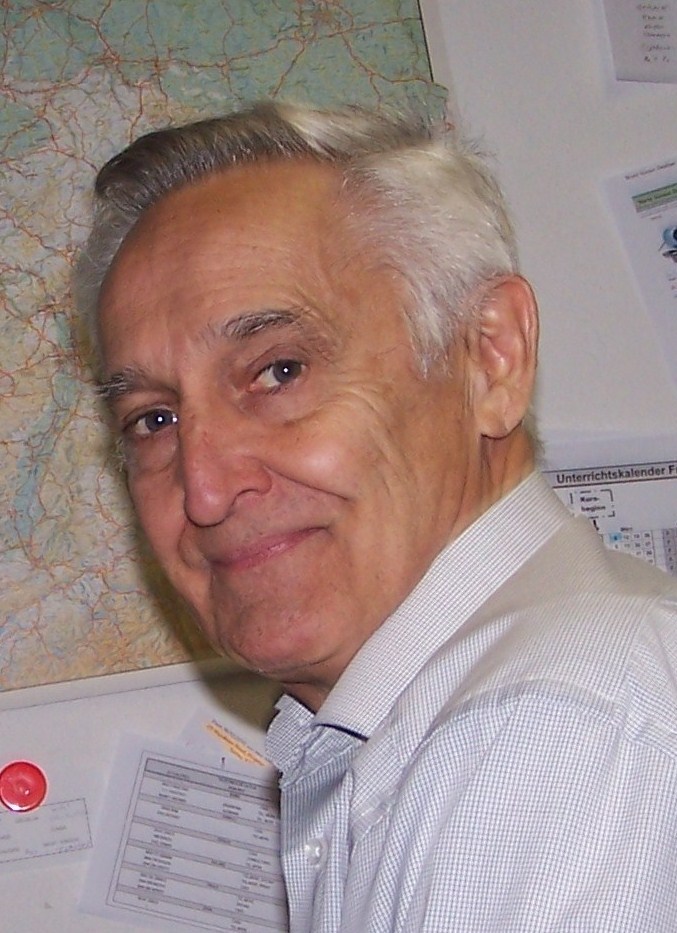Emission & Regeneration UFT and Special Relativity without Time Dilatation and Length Contraction
Date: 2014-04-05 Time: 07:00 - 09:00 9.9 (1 decade 9 months ago)
America/Los Angeles: 2014-04-05 00:00 (DST)
America/New York: 2014-04-05 03:00 (DST)
America/Sao Paulo: 2014-04-05 04:00
Europe/London: 2014-04-05 07:00
Asia/Colombo: 2014-04-05 12:30
Australia/Sydney: 2014-04-05 18:00 (DST)
Where: Online Video Conference
This video conference used Fuzemeeting.
The meeting can be replayed by clicking this link:
https://www.fuzemeeting.com/replay_meeting/a436ca23/6103851
Description
Emission & Regeneration UFT is a relativistic mathematical space-distributed model for electrons and positrons, model that is based on Fundamental Particles (FPs) that are continuously emitted and absorbed by the electrons and positrons and where the energy is stored as rotations at the FPs defining longitudinal and transversal angular momenta. The rays of FPs from electrons or positrons cross in space at focal points where traditionally the energies of electrons or positrons are thought to be concentrated. Electrons and positrons interact via the angular momenta of their FPs. The rules of interactions between the longitudinal and transversal angular momenta of FPs are defined in that way, that the linear momenta for all known forces can be derived as rotors from one vector field generated by the longitudinal and transversal angular momenta of the FPs.
The model allows the deduction of all experimentally proven basic laws of physics, namely, Coulomb, Ampere, Lorentz, Gravitation, Maxwell and Bragg. It also explains the coexistence of particles with same charge in nucleons without the need of gluons, and explains the flattening of galaxies' rotation curve without defining dark matter.
From the model results that the focal radius of a subatomic particle is inverse proportional to its energy and, that the incremental time to generate the force out of linear momenta is quantized.
The findings of the E & R approach allow a new interpretation of special relativity based on Lorentz transformations build on equations with speed variables instead of space-time variables as done by Einstein. The transformation rules between inertial frames are free of time dilatation and length contraction and all the transformation equations already existent for the electric and magnetic fields, deduced on the base of the invariance of the Maxwell wave equations are still valid for the present approach.


